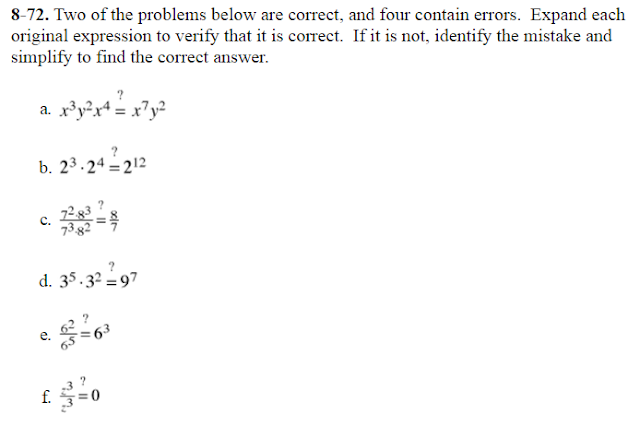I want you to work on Lesson 6.2.1 in pairs. You may not leave your team to make a pair (unless one of your team members is absent). You will need 1 computer per pair.
Problem 42 requires you to use graph paper. Make a prediction BEFORE graphing.
Problem 43 requires you to use an eTool. You do not need to graph on graph paper!
**Hint: To fully connect the triangle, add the first ordered pair to the bottom of the table
Answer the following questions in your notebook:
Problem 42 requires you to use graph paper. Make a prediction BEFORE graphing.
Problem 43 requires you to use an eTool. You do not need to graph on graph paper!
**Hint: To fully connect the triangle, add the first ordered pair to the bottom of the table
Answer the following questions in your notebook:
- How does the figure change after each dilation?
- How do the line lengths change?
- How do the angles change?
- How does the figure change?
Problem 44 asks you to create your own investigation and hypothesis.
Homework: Lesson 6.2.1 R/P

